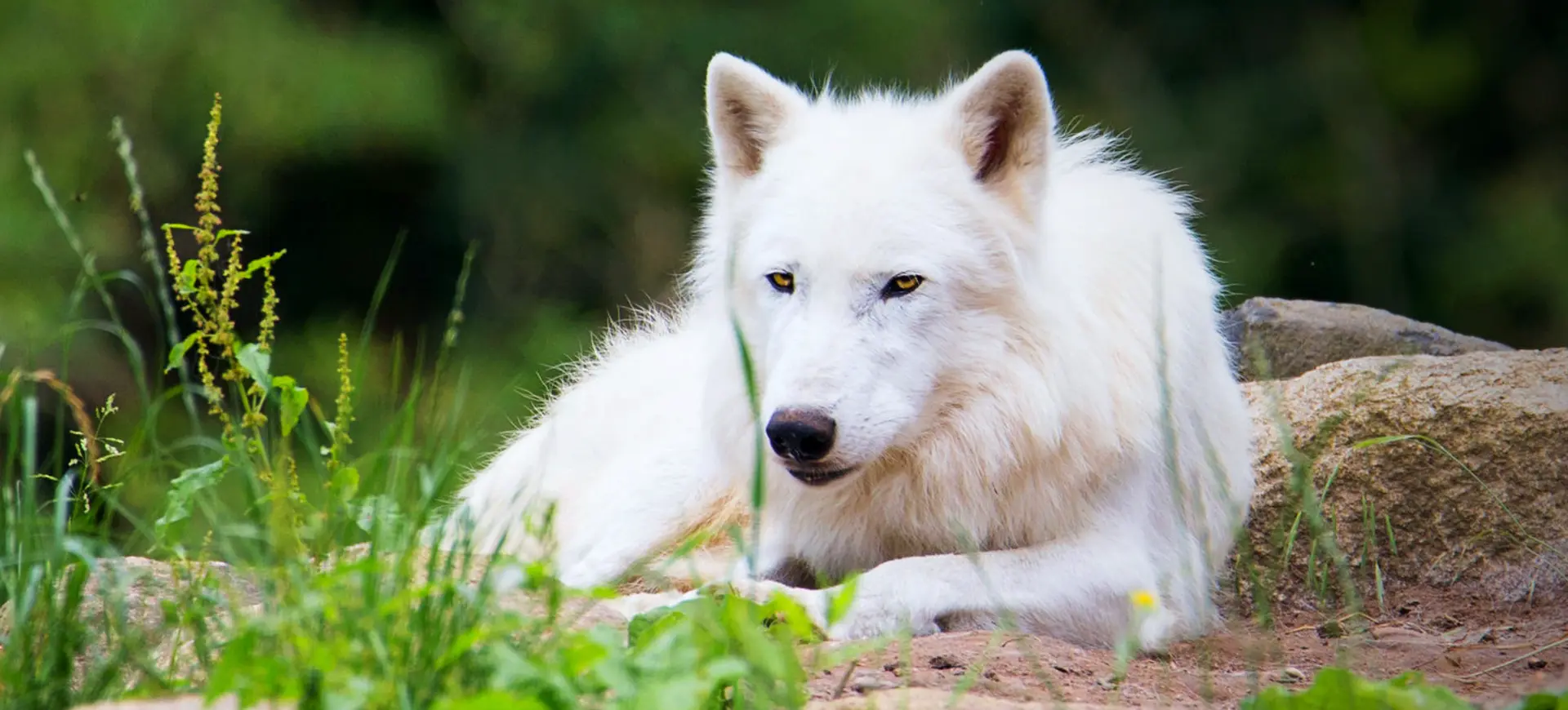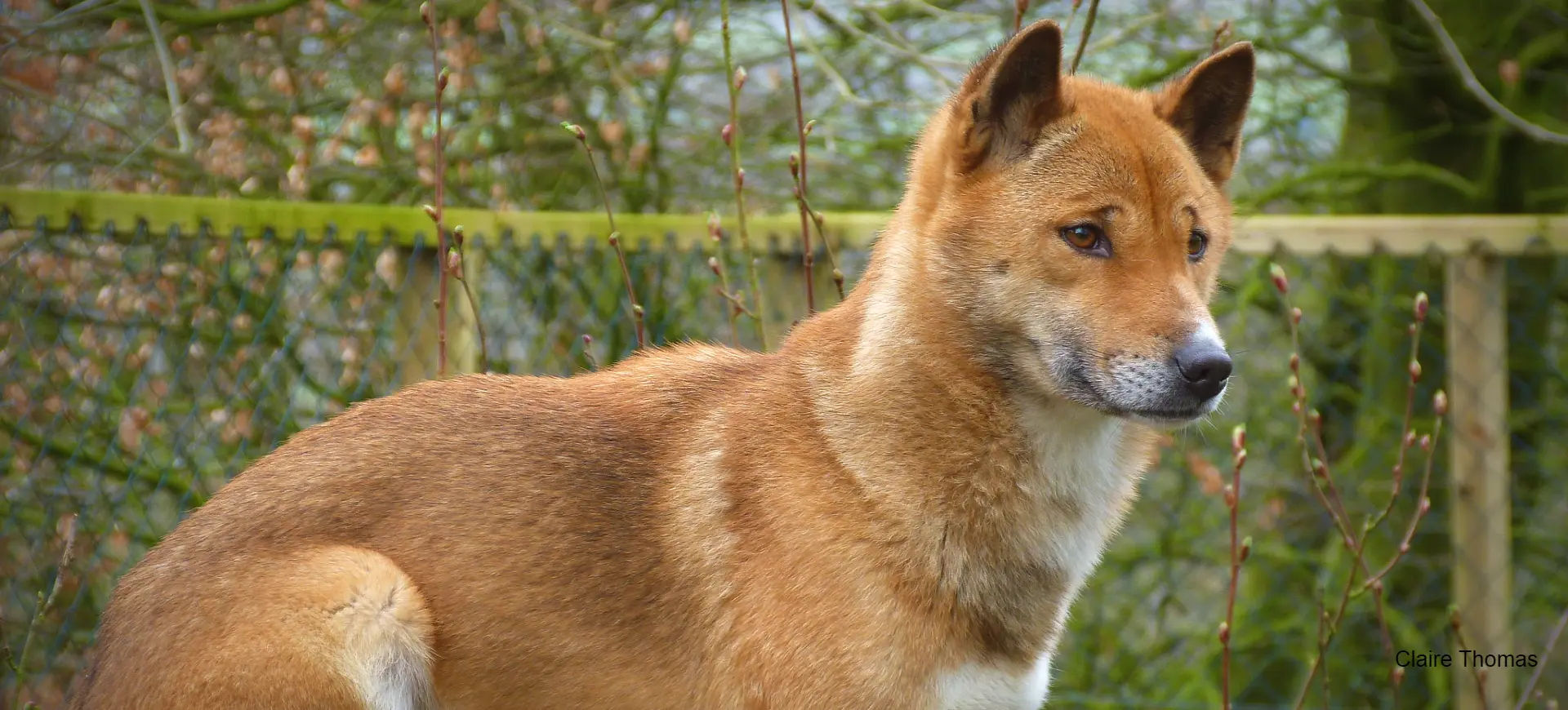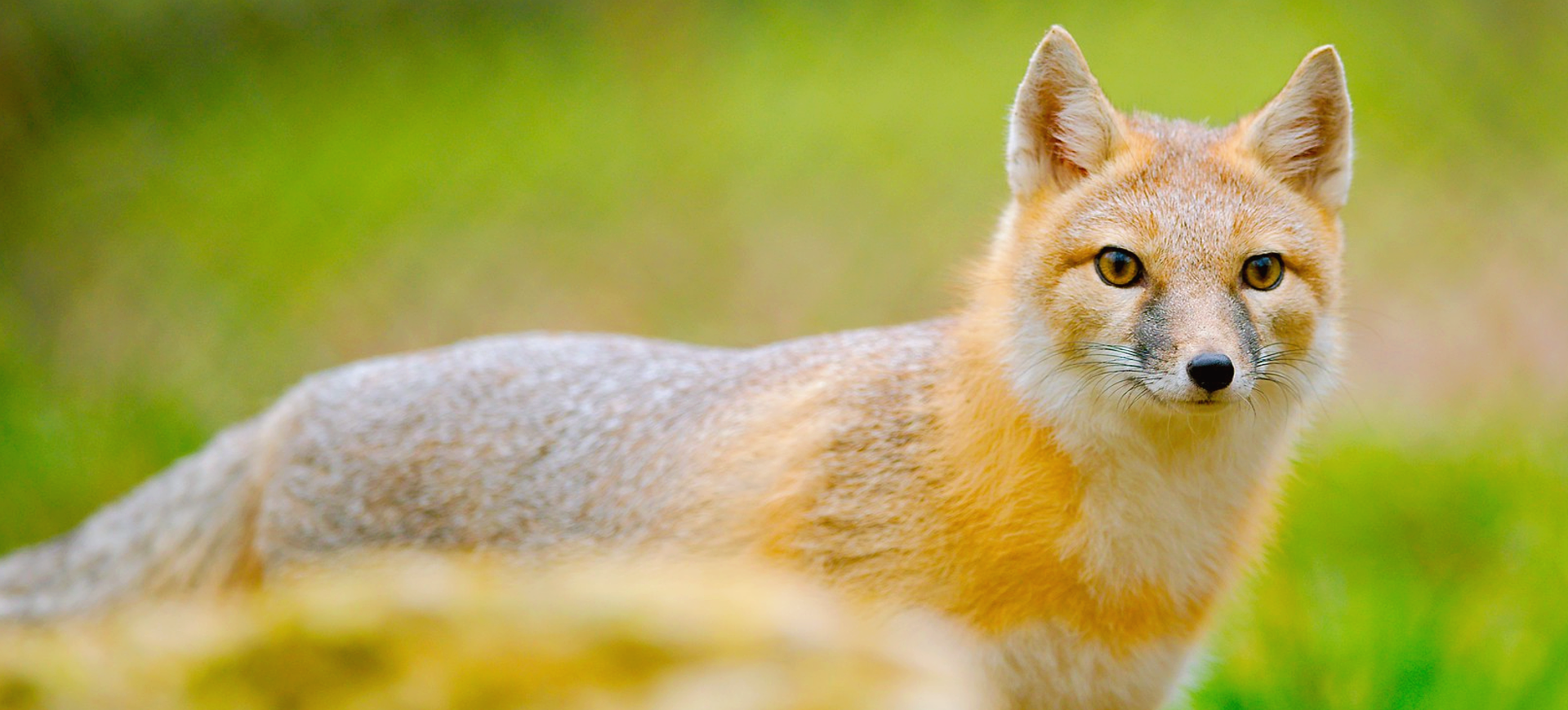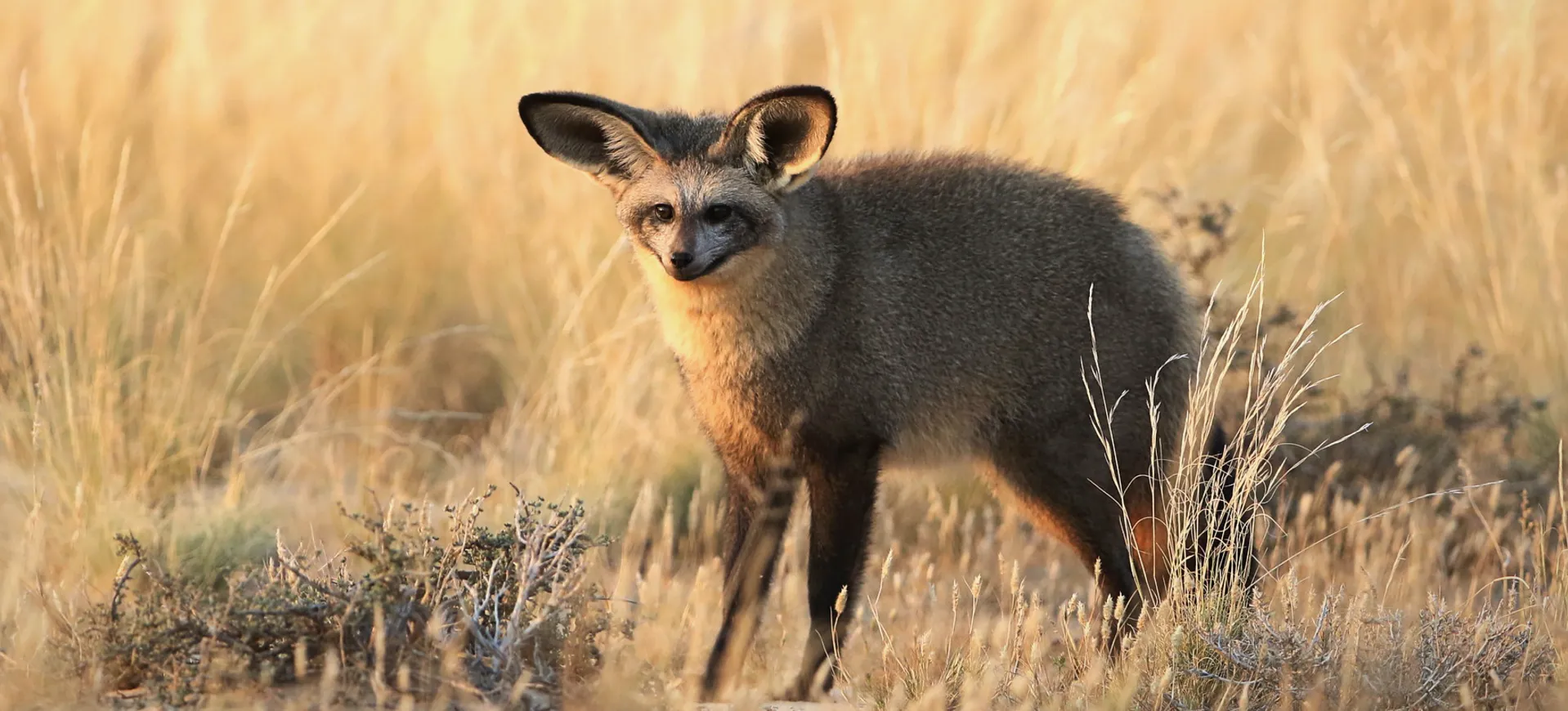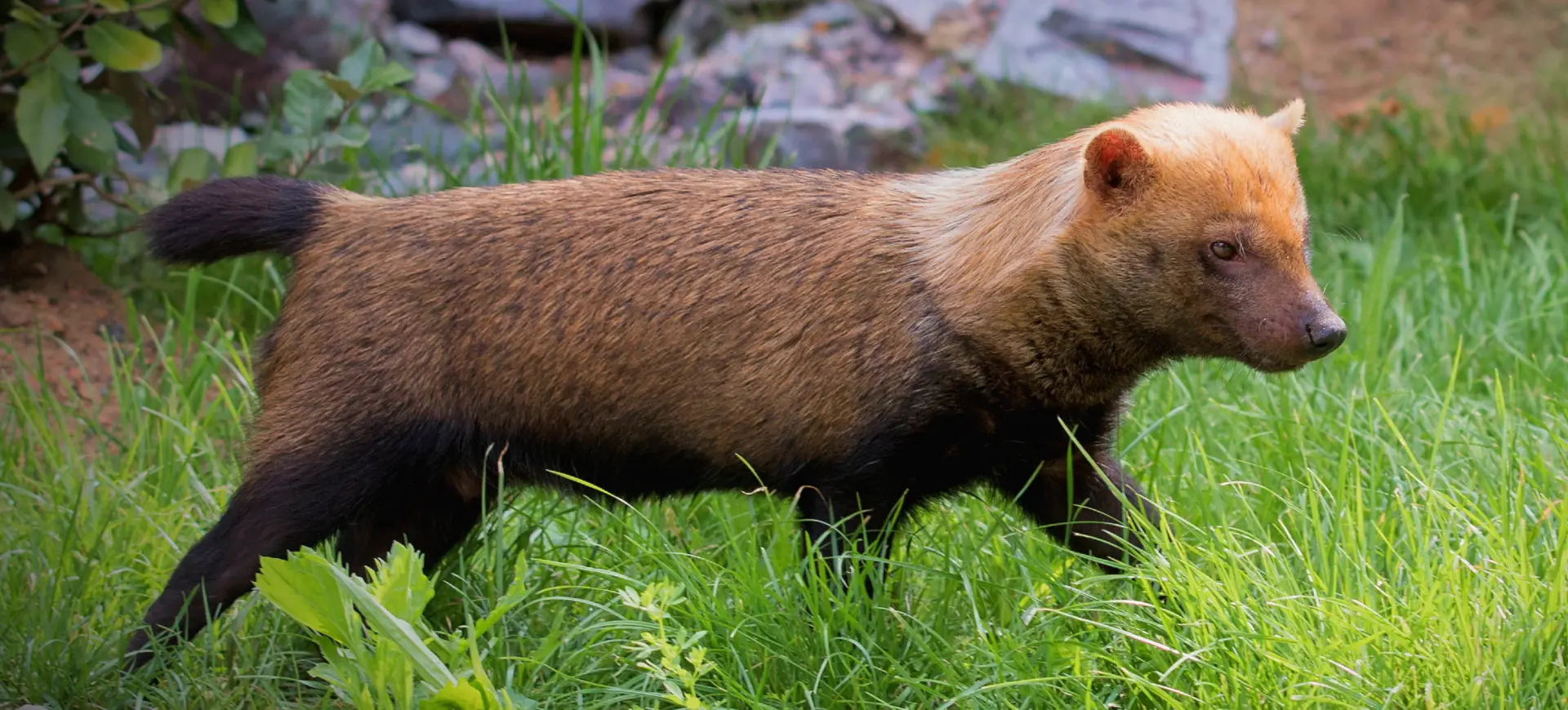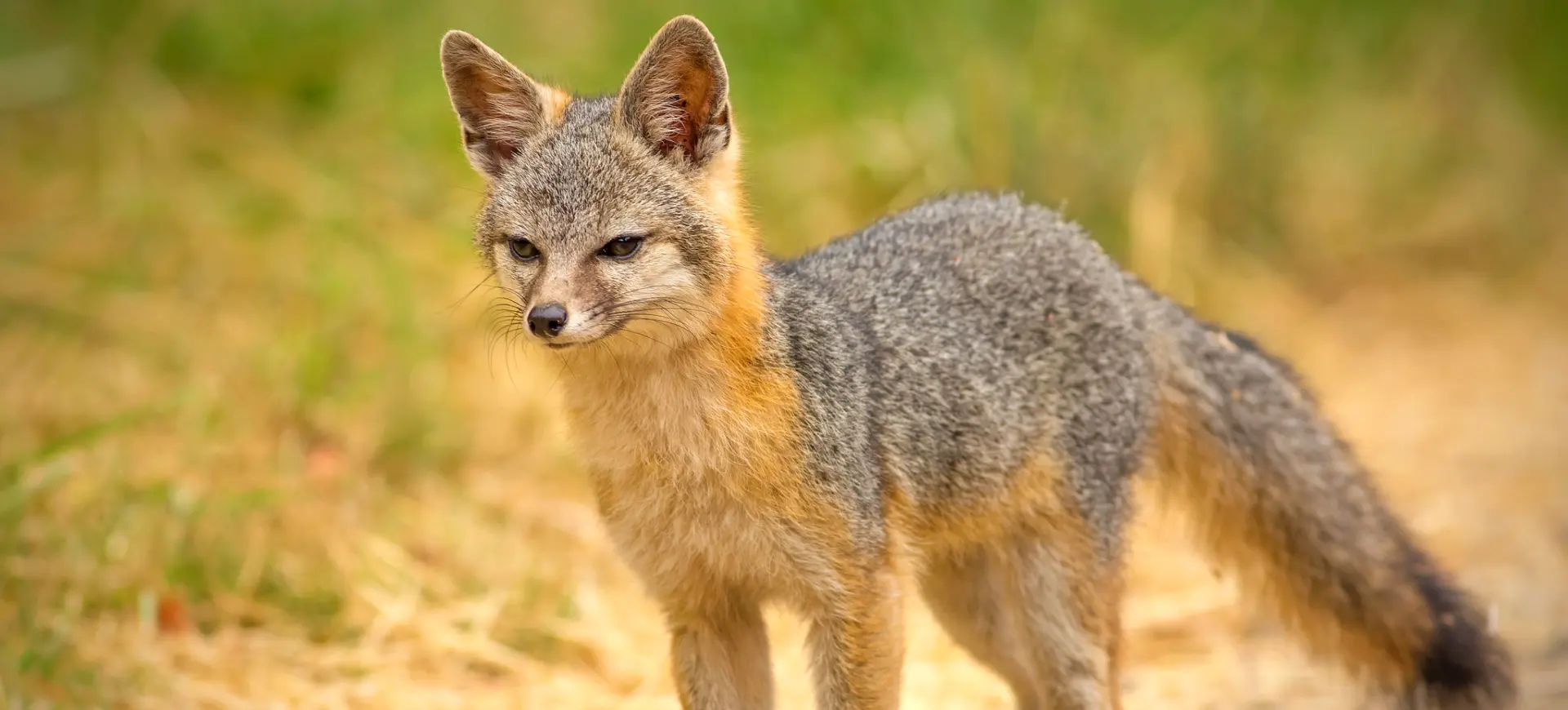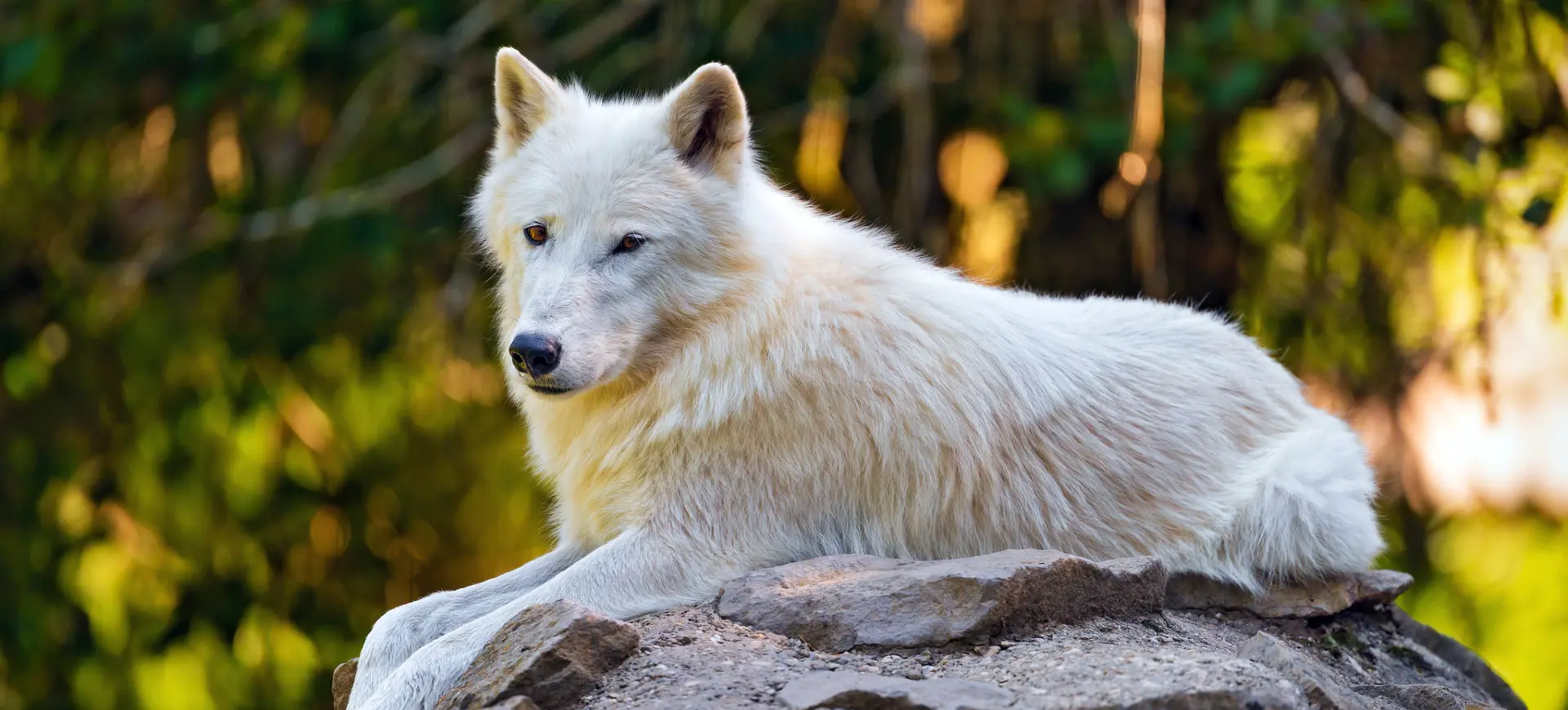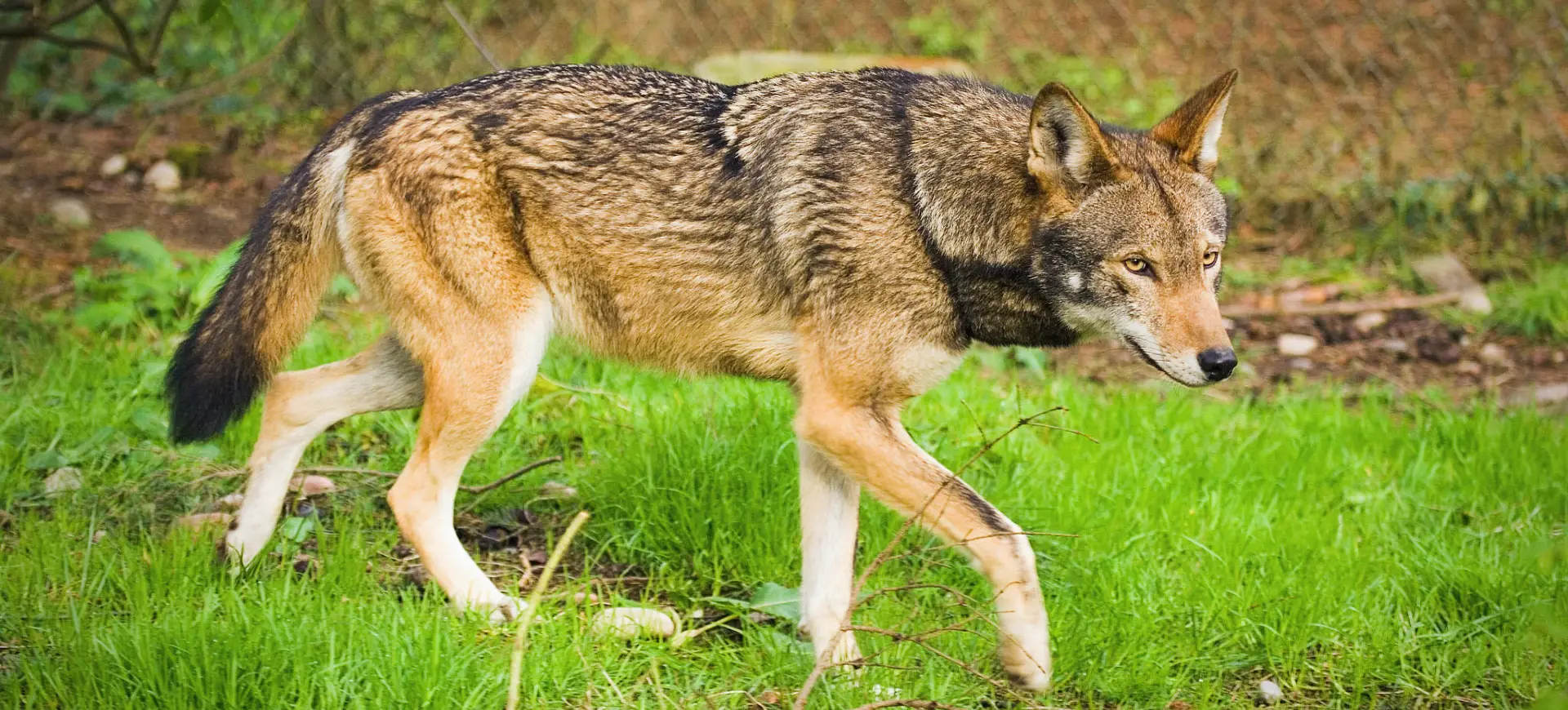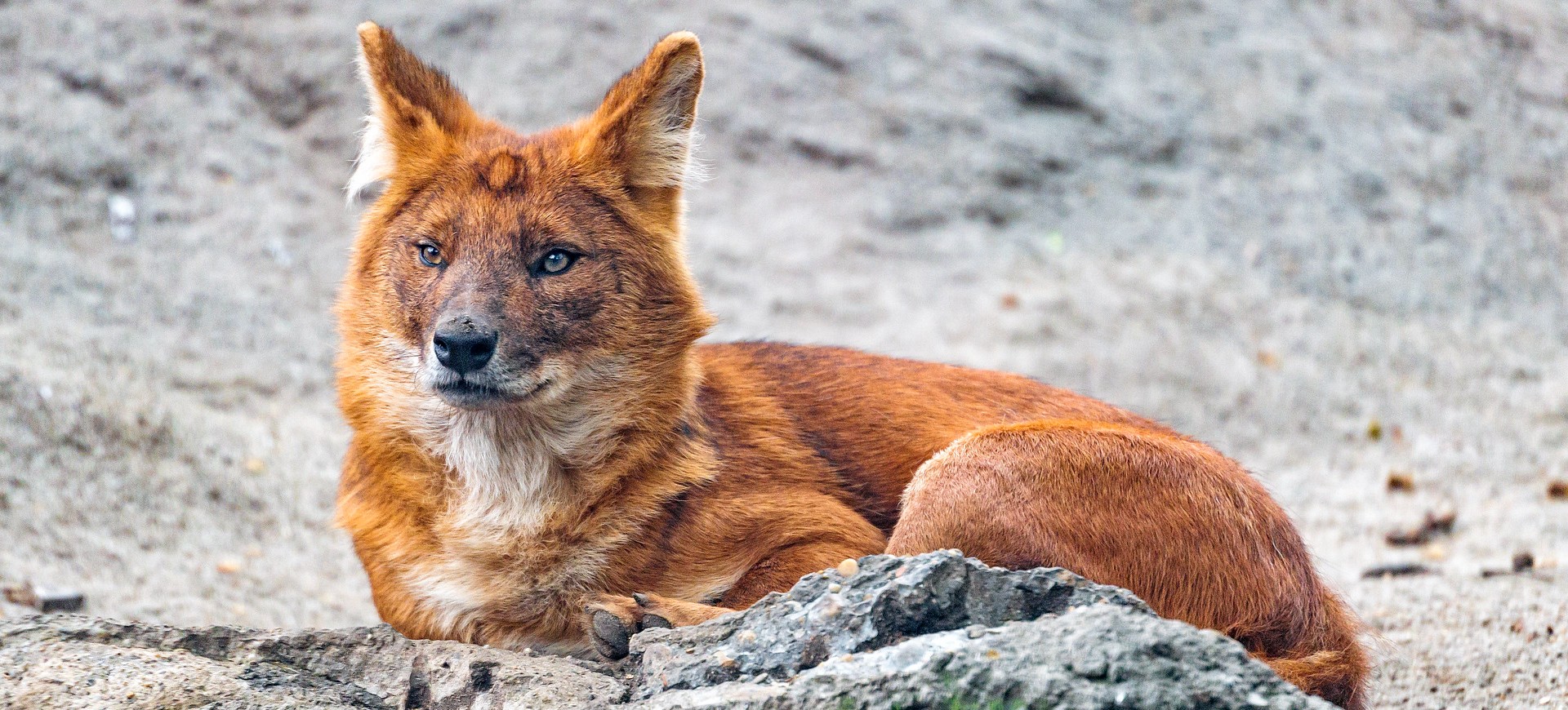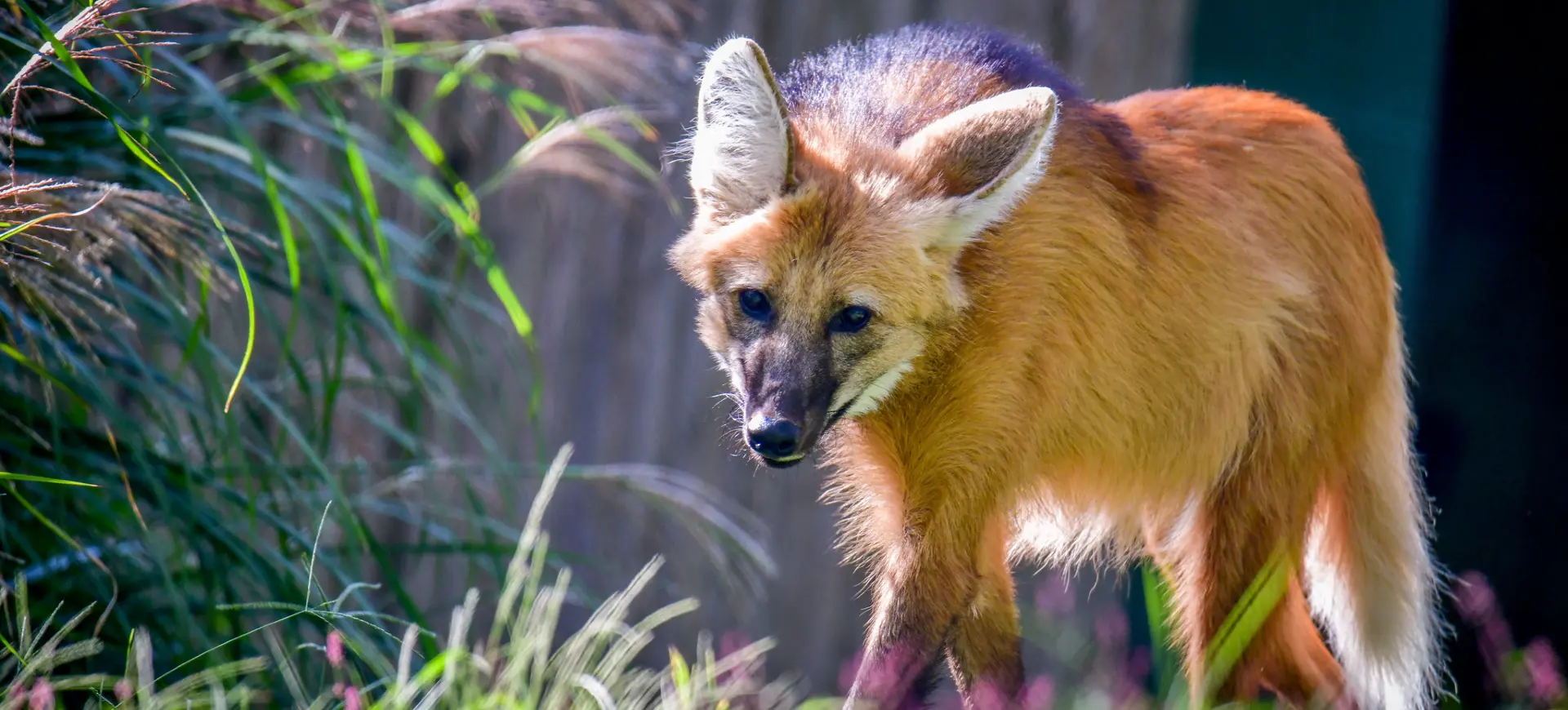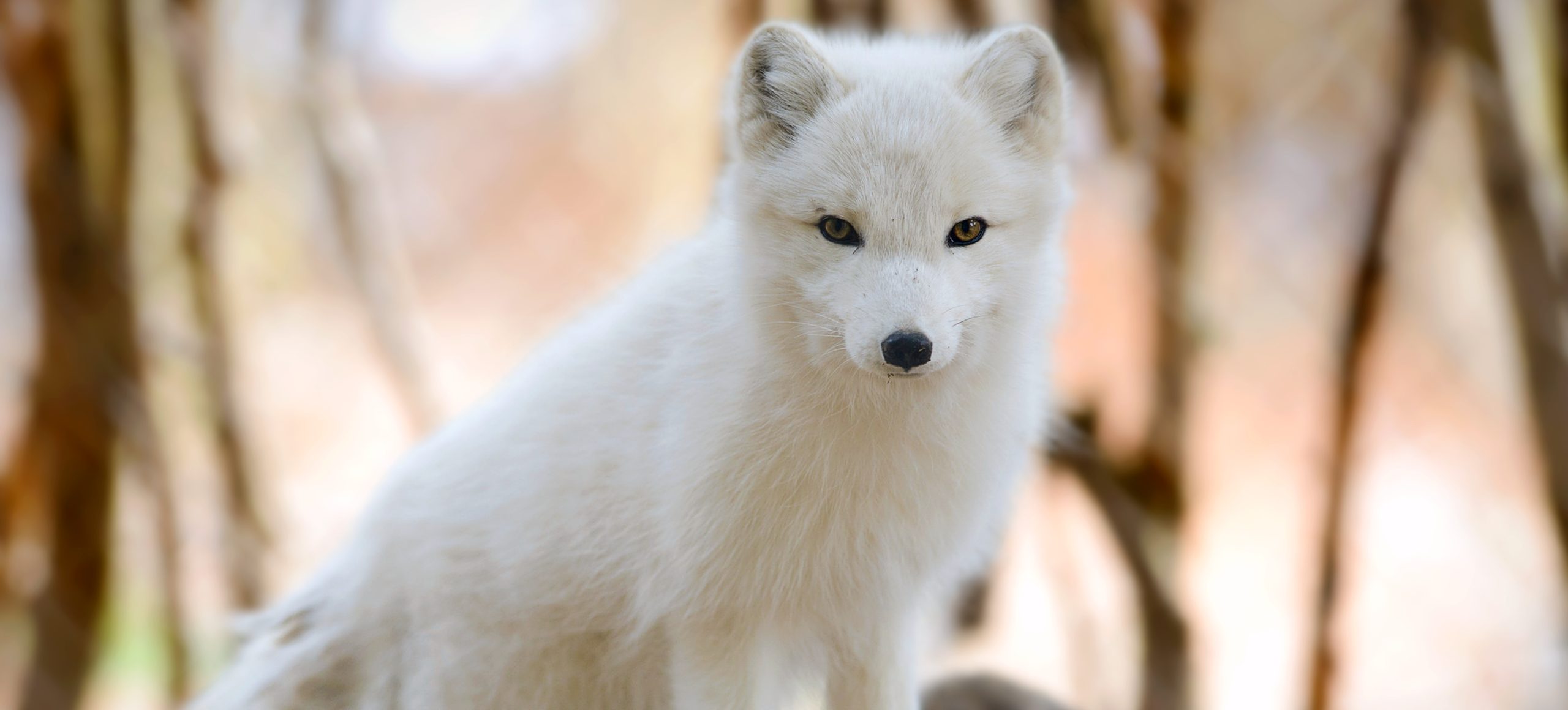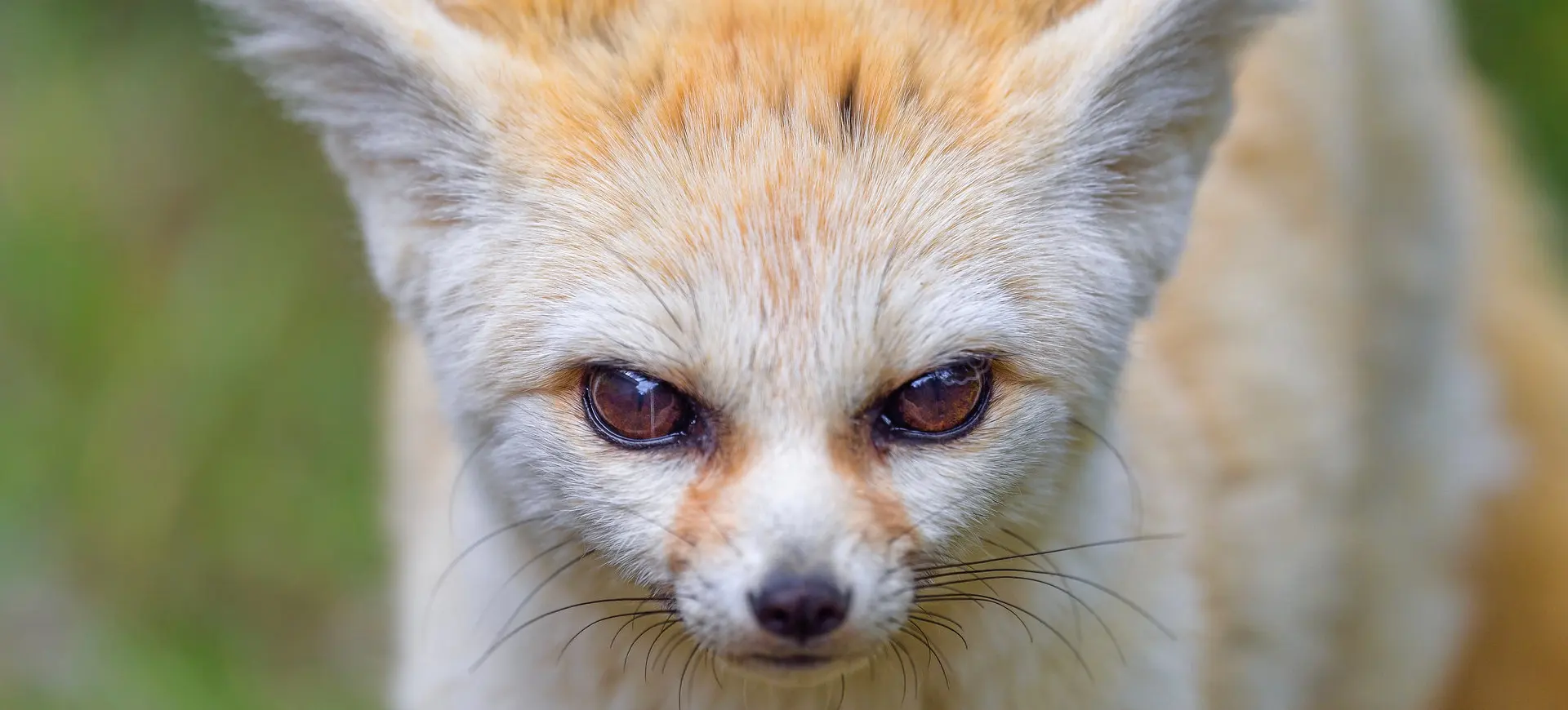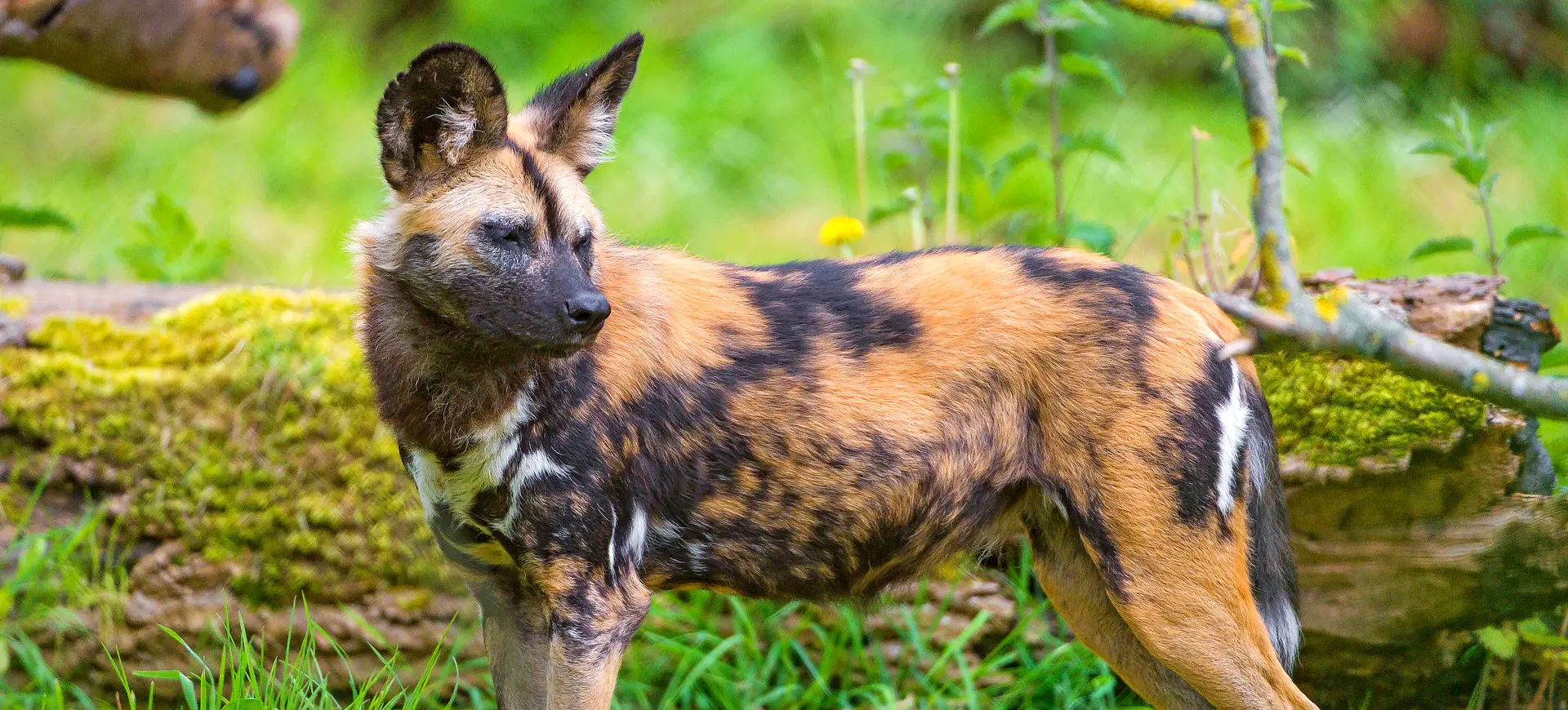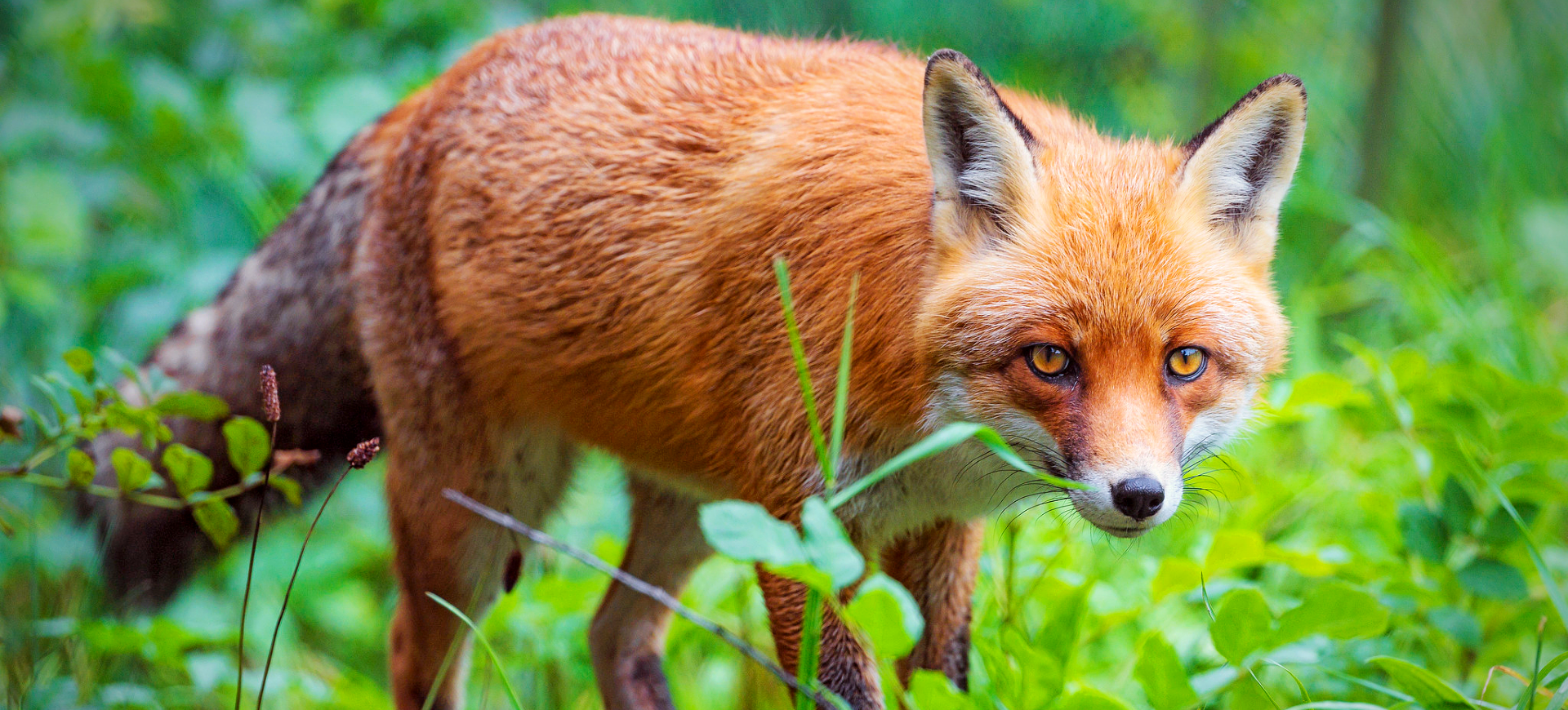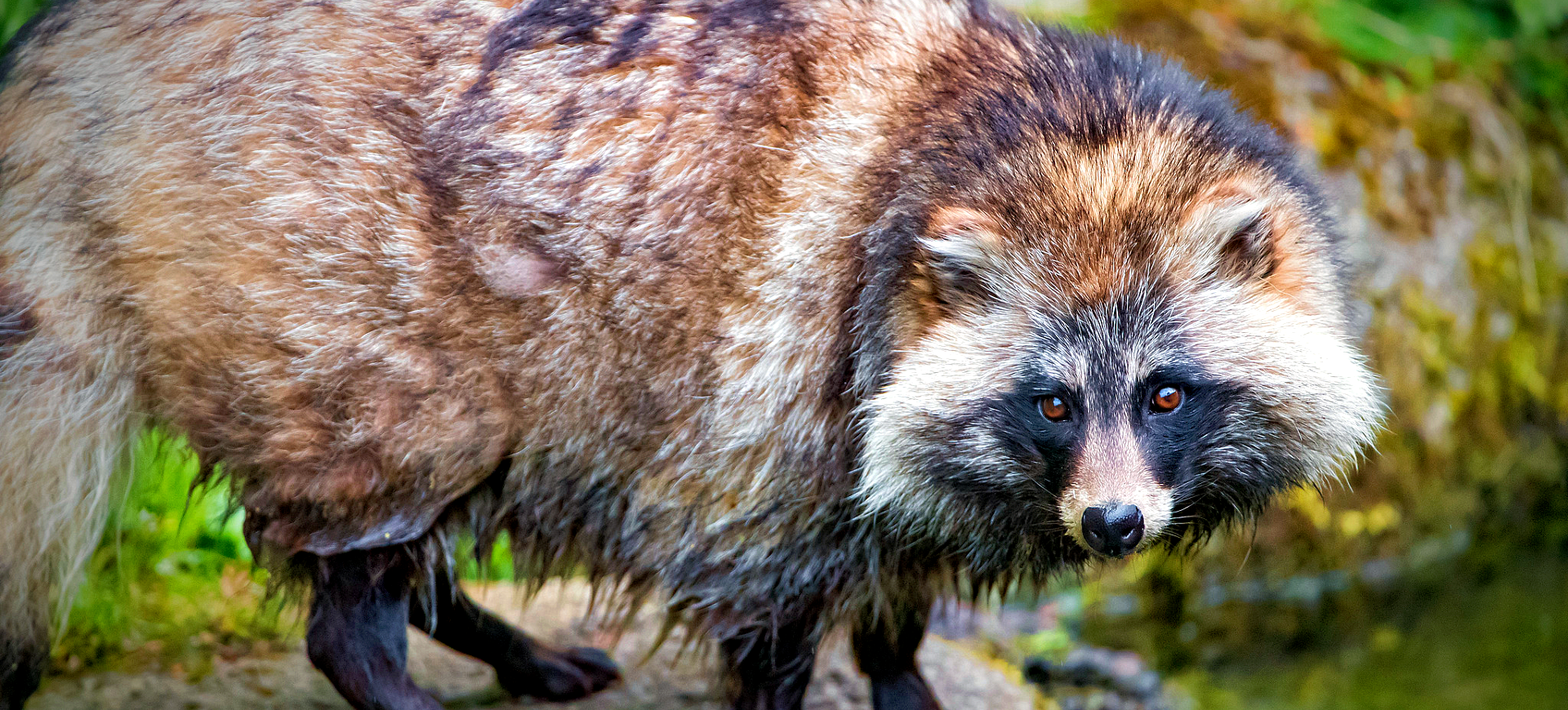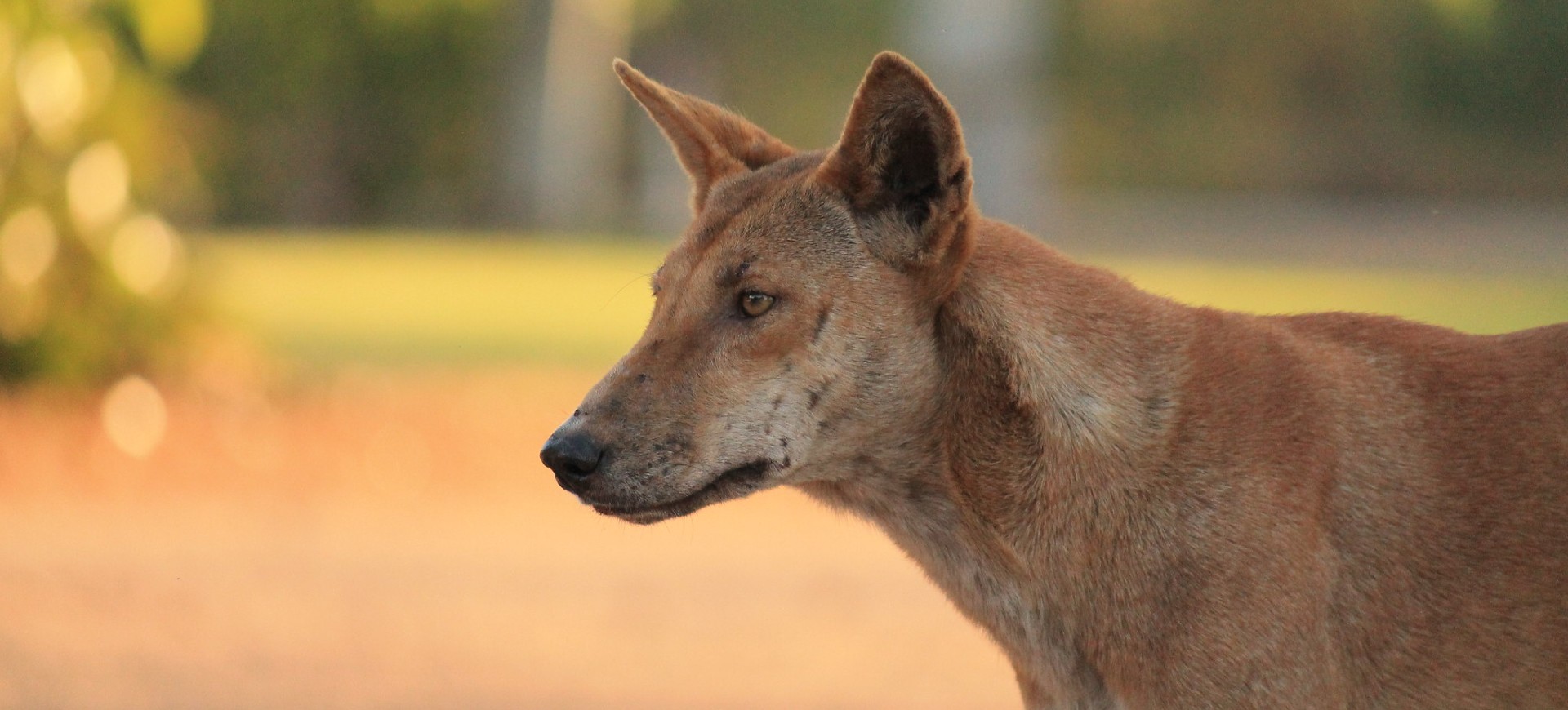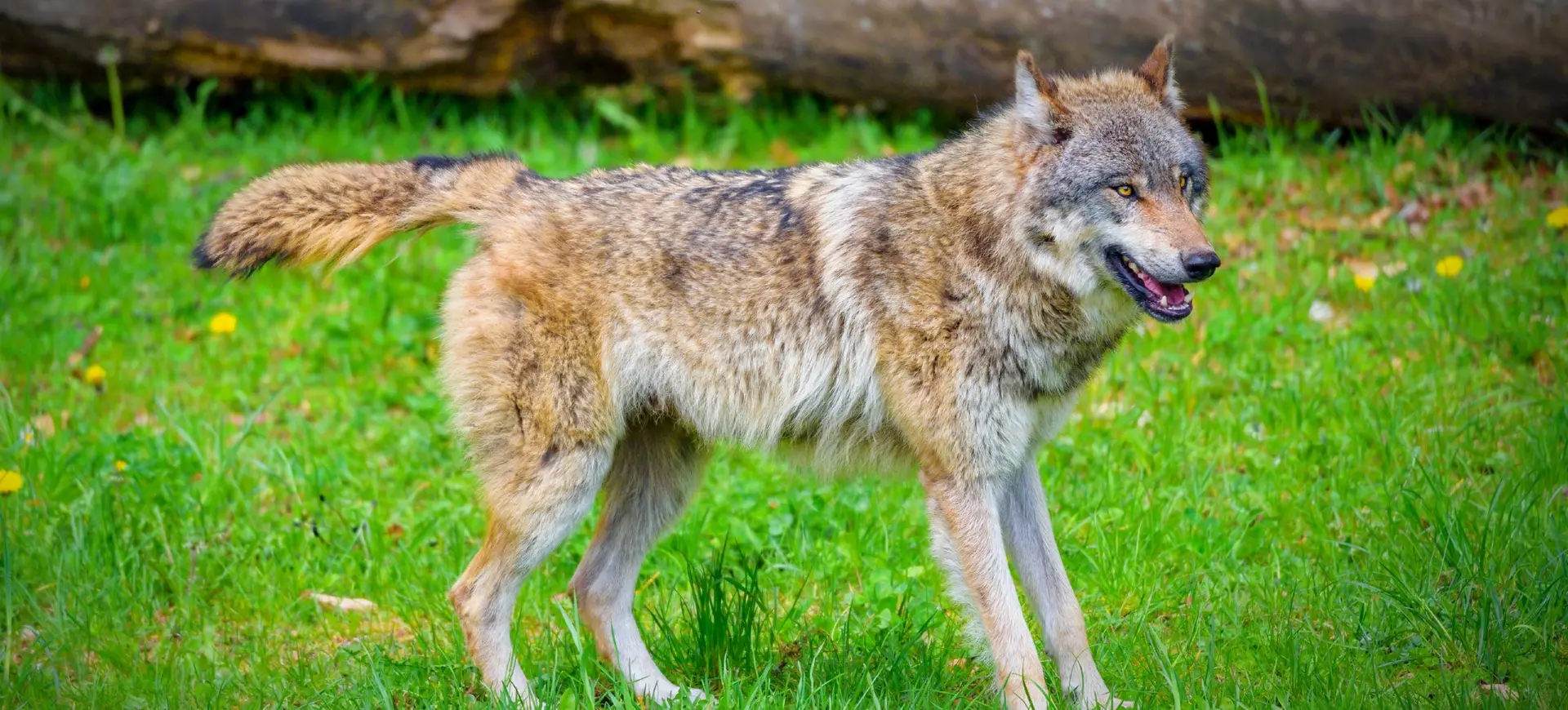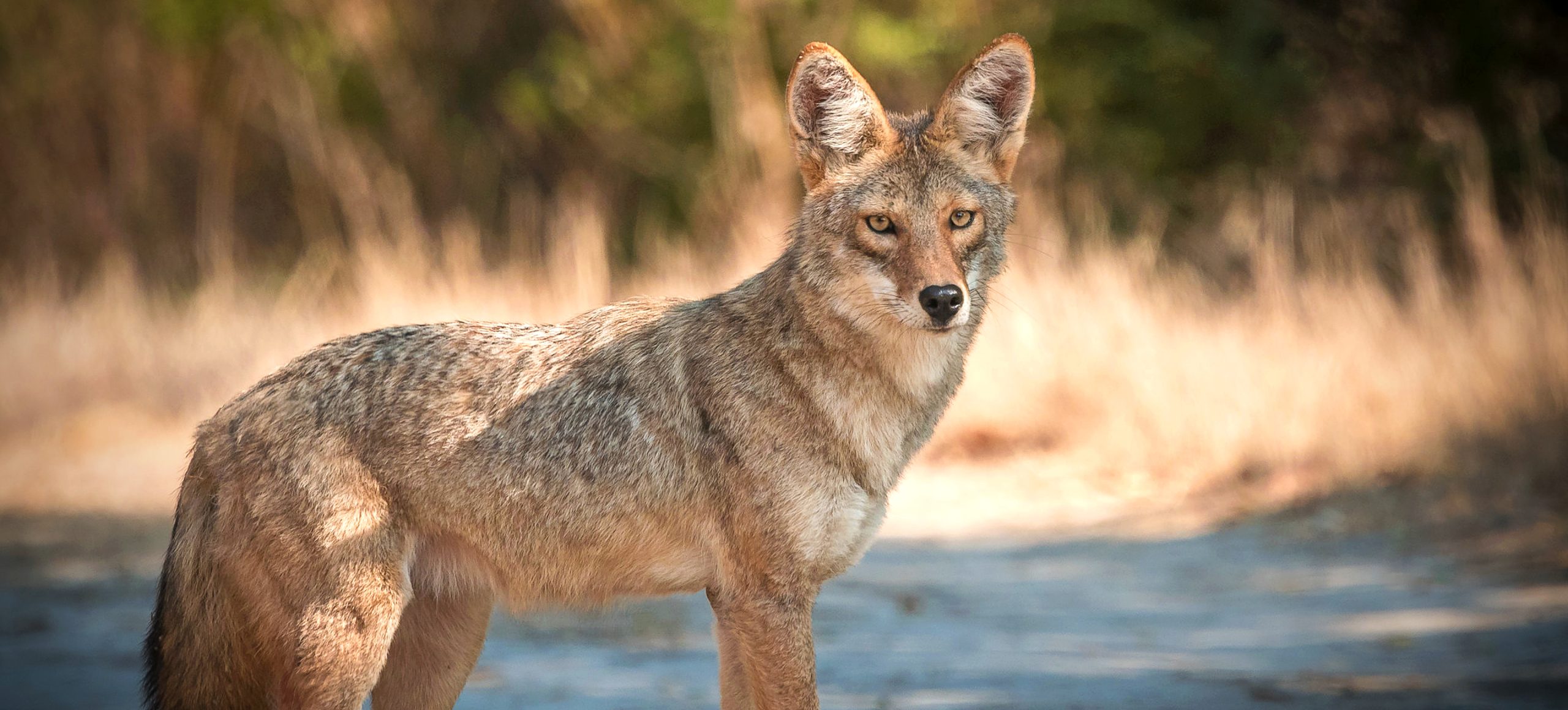Overview
The Mexican Gray Wolf (Canis lupus baileyi) is a subspecies of the Gray Wolf and North America’s most endangered wolf species. Native to the southwestern United States and northern Mexico, it’s recognized for its distinctive grayish coat sprinkled with brown, black, and white patches. Historically, the Mexican Gray Wolf roamed vast areas across North America but faced a drastic decline due to hunting, trapping, and habitat loss.
To prevent extinction, conservation programs have been implemented, including reintroduction projects to help increase the population in the wild. The social behavior of the Mexican Gray Wolf is intricate, with a pack consisting of close family members and the alpha pair leading the group. Communication includes a combination of howling, body posture, scent marking, and facial expressions.
The recovery of the Mexican Gray Wolf is a slow and meticulous process, with challenges including human conflict, genetic diversity issues, and legal protection hindrances. Nonetheless, the dedicated efforts of conservationists and support from the public are instrumental in the ongoing survival and recovery of this unique subspecies.
Taxonomy
Kingdom
Phylum
Class
Order
Family
Genus
Species
Sub Species
Type
Physical Description:
The Mexican Gray Wolf’s physical appearance is marked by a sleek, powerful body covered in a dense coat. The coat’s coloration is predominantly gray, but shades of brown, black, and white can also be seen, allowing it to blend into its natural surroundings. Its eyes are usually amber or yellow, and it has strong jaws equipped with sharp teeth.
The limbs of the Mexican Gray Wolf are well-proportioned, providing agility and speed. Males are generally larger and heavier than females, but both genders share similar overall build and appearance features. The ears are pointed, and the tail is bushy, often carried low unless the wolf is on high alert.

Lifespan: Wild: ~8 Years || Captivity: ~15 Years

Weight: Male: 70-85 lbs (32-39 kg) || Female: 50-65 lbs (23-29 kg)

Length: Male: 4.5-5.2 ft (137-158 cm) || Female: 4.2-4.8 ft (128-146 cm)

Height: Male: 30-34 inches (76-86 cm) || Female: 28-32 inches (71-81 cm)

Top Speed: 37 mph (60 km/h)
Characteristic:
Native Habitat:
The Mexican Gray Wolf’s native habitat encompasses the southwestern United States and northern Mexico areas. These regions include various landscapes such as forests, grasslands, and scrublands. The habitat offers resources like shelter, water, and prey availability.
Mexican Gray Wolves require large territories for hunting and roaming. They are territorial animals, marking their domains through scent marking. Environmental factors like human encroachment, road development, and habitat fragmentation have reduced the available natural spaces for these wolves.
Biogeographical Realms:
Continents:
Countries:
Diet:
Diet & Feeding Habits:
Mexican Gray Wolves are carnivorous predators that feed on ungulates such as elk, deer and smaller mammals like rabbits. Their feeding strategy involves cooperative hunting in packs, utilizing their intelligence and teamwork to track and take down prey. They consume almost every part of the animal, including bones, organs, and hide.
Their diet plays a significant role in the ecosystem by keeping the populations of other species in balance. Through hunting, they prevent overgrazing by herbivores, thus contributing to the overall health of their habitat. Occasionally, they may scavenge carcasses using any available food resource.
Mating Behavior:
Mating Description:
Mexican Gray Wolves mate for life, and the dominant pair within the pack usually represents the breeding couple. The mating ritual includes a series of behaviors like nuzzling, body contact, and vocalizations that strengthen their bond.
Breeding season occurs once a year, typically between January and March. After mating, the female will give birth to a litter of pups, usually in a den prepared by the pack. The entire pack cares for the young, including feeding and guarding them.
Reproduction Season:
Birth Type:
Pregnancy Duration:
Female Name:
Male Name:
Baby Name:
Social Structure Description:
Mexican Gray Wolves live and function in packs, usually consisting of an alpha pair, their offspring, and other relatives. The social structure is hierarchical, with clear roles and responsibilities within the group. The alpha pair leads the pack, making decisions related to hunting, territory defense, and caregiving.
Communication within the pack is complex, involving vocalizations, body language, and scent marking. The social bonds are strong, with members displaying affection and loyalty. This structure ensures cooperation in hunting, raising young, and survival against threats.
Groups:
Conservation Status:
Population Trend:
The population of Mexican Gray Wolves remains low but is showing signs of recovery through conservation efforts. Their numbers are still fragile in the wild, with around 150 individuals spread across designated recovery areas. Each pack maintains a territory, and the genetic diversity within the population is closely monitored.
Approximately 300 Mexican Gray Wolves are part of breeding and recovery programs in captivity. These captive wolves provide a vital genetic reservoir for future reintroductions and allow scientists to study their behavior, biology, and needs. The collaboration between various organizations plays a key role in their numbers’ slow but steady growth.
Population Threats:
The primary threat to the Mexican Gray Wolf’s population is human conflict, as wolves may prey on livestock leading to retaliatory killings. Habitat loss and fragmentation further compound the problem, limiting the available space for these wolves to roam and hunt.
Illegal hunting remains an issue, despite legal protections. Additionally, genetic inbreeding due to the small population size poses a risk to the overall health and viability of the population. Addressing these challenges requires concerted efforts from governments, organizations, and local communities.
Conservation Efforts:
Conservation efforts for the Mexican Gray Wolf include breeding and reintroduction programs that aim to establish viable populations in the wild. Monitoring, legal protections, and public education are key to these efforts.
Collaboration with ranchers and communities is essential to minimize human-wolf conflicts. Financial incentives, livestock protection measures, and conflict resolution strategies are being employed to foster coexistence. Continued research and advocacy are vital to ensure the long-term survival of the Mexican Gray Wolf.
Additional Resources:
Fun Facts
- The Mexican Gray Wolf is the smallest subspecies of the Gray Wolf in North America.
- They play a vital role as apex predators, helping to balance the ecosystem.
- Reintroduction efforts began in 1998, with Arizona’s first wolves released into the wild.
- Each wolf’s howl is unique, allowing them to identify each other.
- Pups are born blind and helpless, relying on the entire pack for care.
- They communicate using a complex system of howls, growls, body postures, and facial expressions.
- The alpha female and male are typically the only ones to breed within the pack.
- Their sense of smell is highly developed, aiding in hunting and communication.
- Mexican Gray Wolves were nearly extinct in the wild by the mid-1970s.
- Ongoing conservation efforts face challenges, but public support and awareness are crucial for recovery.










